Gardening Basics: Identifying Weeds in Your Yard
Updated: Apr. 20, 2023
Not sure how to tell the good from the bad when identifying weeds? Figure out whether you should pull that mystery plant up or let it grow.
Identifying Common Backyard Weeds
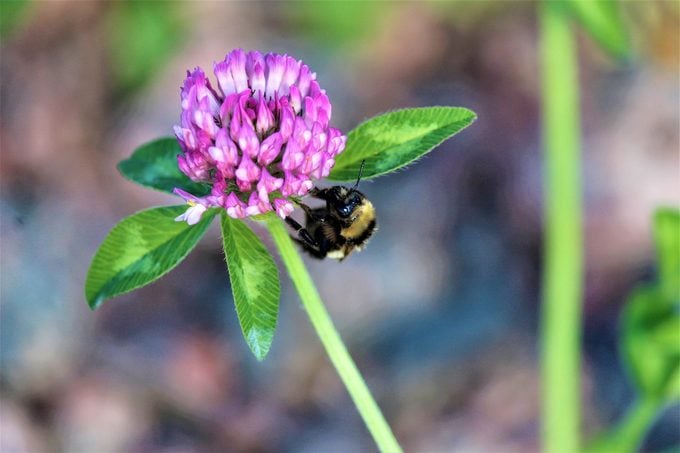
“Is this a weed or a flower?” I’ve been in the gardening and horticulture business for decades, and identifying weeds is still one of the most common questions I get year after year. In fact, gardeners probably bring me a few hundred “gifts” each spring in the form of mystery leaves, flowers and plants.
The truth is, we’ve all faced the dilemma of identifying weeds in your garden at some point. When plants start sprouting in spring, all those tiny leaves seem to look the same. I don’t know any gardener (myself included) who hasn’t grown a few weeds or accidentally weeded out a few desirable plants.
So I’m here to help. Hopefully I can at least point you in the right direction when it comes to identifying common backyard weeds. That will let you focus on your treasured garden plants instead.
Let’s take a look at some of the most common weeds in North America. If you can learn to recognize these, you’ll be well on your way toward eliminating most of the unwelcome leafy visitors in your yard.
Check out the best natural way to kill weeds.
Teasel
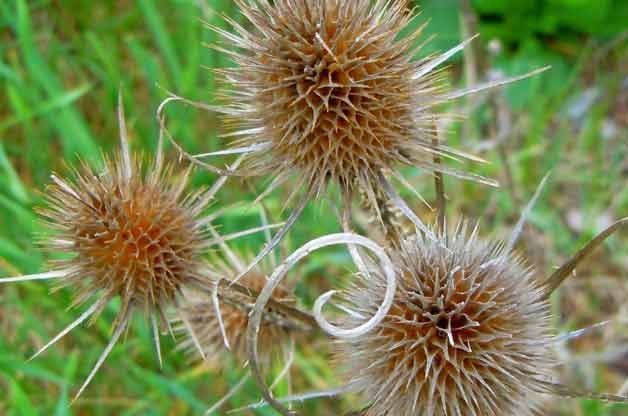
Teasel comes to mind right away. This thistle look-alike, brought to North America in the 1700s for processing wool, has spread into natural spaces. Its prickly stems and leaves make it undesirable to both wildlife and agriculture, so if you find it in your backyard, you’ll want to eliminate it.
Psst—these are the worst invasive plants you should never grow.
Buckthorn

Buckthorn, garlic mustard and purple loosestrife were once prized landscape plants, but they now crowd out native plants and disrupt natural ecosystems. It’s definitely worth your time and energy to try to get rid of them. Their presence reduces food sources and habitat for native birds, butterflies, beneficial insects and wildlife.
Quack Grass
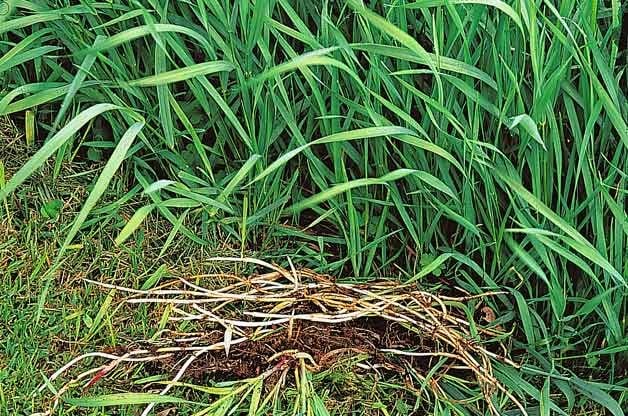
Quack grass is something most gardeners will encounter and they usually don’t have trouble identifying these weeds. Look for the long, white underground rhizomes that look like roots. Any piece of the rhizome that touches the ground can start a new plant. You must be thorough and persistent if you try to remove quack grass by hand.
Follow these tips for a weed-free backyard.
Crabgrass
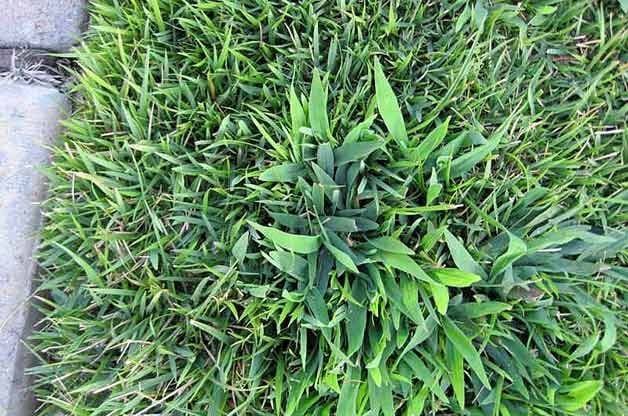
Crabgrass has a smaller, more fibrous root system. It thrives in hot, dry weather, making its presence known in mid- to late summer. You’ll find it growing in gardens, short-cropped lawns and places subject to hot, dry conditions. Mow lawns high to help lawn grass shade out the crabgrass. In the garden, you should pull crabgrass before the plants set seed, and mulch to help prevent seeds from sprouting.
If there’s Bermuda grass in your garden, here’s how to eliminate it.
Nutsedge
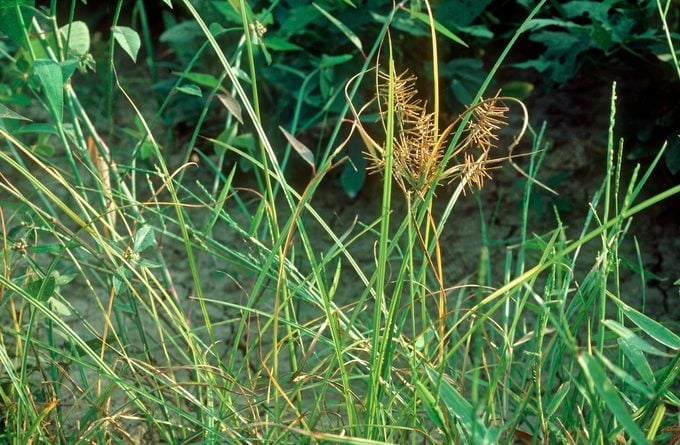
Nutsedge (also called nutgrass) is another common problem. The grasslike plants form underground tubers called nutlets. Persistence, early intervention and an integrated management strategy are critical for control of these weeds.
Check out 10 natural ways to keep bugs out of your garden.
Ragweed
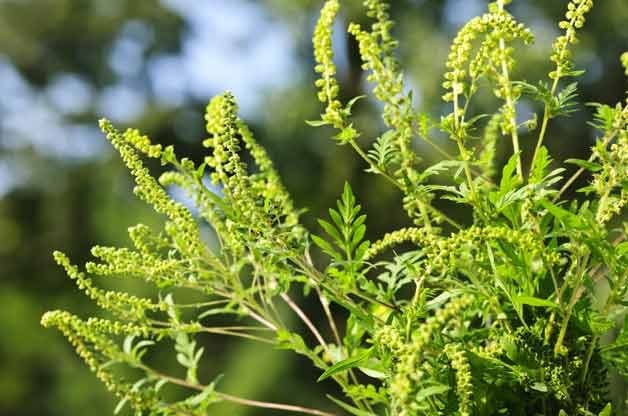
Ragweed is a plant that hay fever sufferers will particularly want to watch out for. You can usually find this pesky weed hiding behind its colorful neighbor, goldenrod. Be sure to mow it down or pull it before it has a chance to release its allergenic pollen.
Garlic Mustard
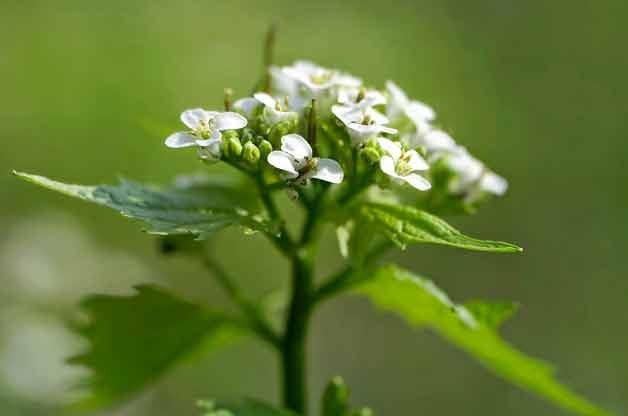
Garlic mustard was brought here for medicinal purposes and food, but it has become one of the worst forest invaders. A relative of mustard, this biennial plant produces thousands of seeds that can stay in the soil for seven years or more. Pull and properly dispose of plants just before they flower.
Creeping Charlie (Ground Ivy)
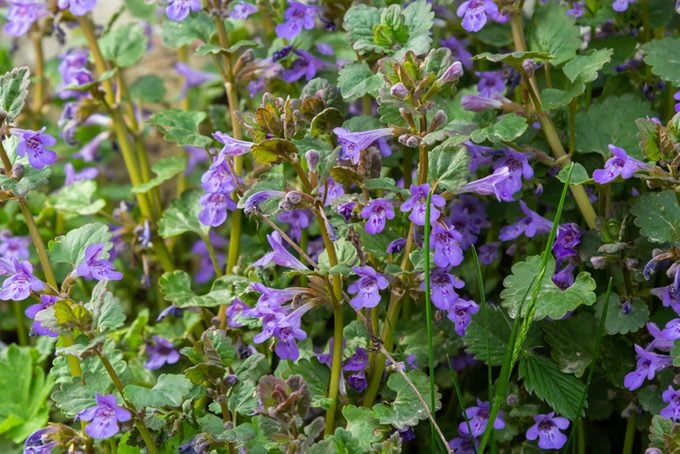
Creeping Charlie (also known as ground ivy) is another one I get questions about. It’s easy to identify by its round, scalloped leaves, which are fragrant when crushed. This shade-tolerant plant with purple spring flowers can quickly take over a lawn or garden bed. To get rid of it in the lawn, try a chelated iron-based weedkiller. In the garden, pull it out and mulch or use a total vegetation killer.
Dame’s Rocket
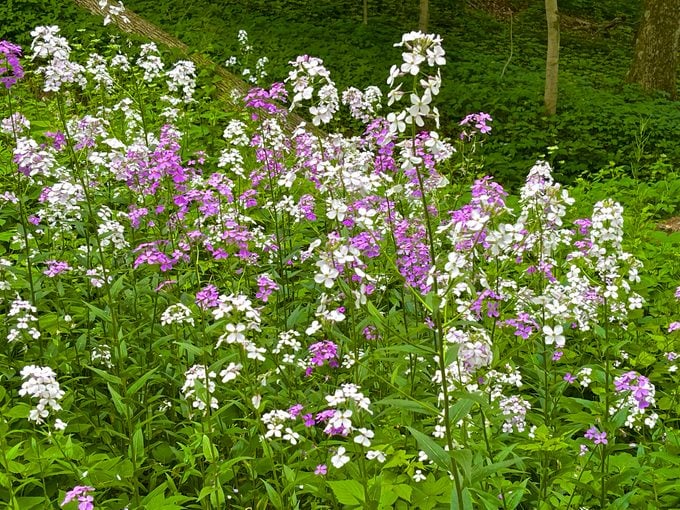
Dame’s rocket is a trickier weed, because it’s often misidentified as woodland phlox, and it looks so pretty blooming on woodland edges in spring. Unfortunately, this nonnative weed is often included in wildflower mixes, and it quickly crowds out more desirable native plants. Look for the four-petaled flowers that distinguish this from the five-petaled flowers of phlox—and then get rid of it.
Thistle
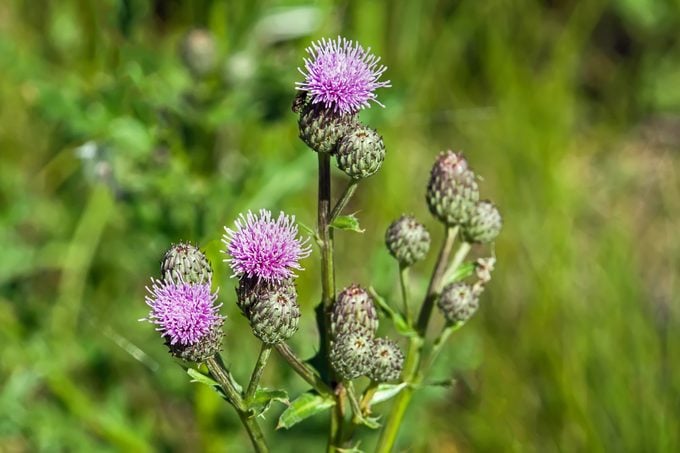
Thistle is another tricky one. Birds and butterflies love it, but gardeners and farmers hate it. Many thistles are listed as noxious weeds; they can quickly infiltrate and take over the garden. To control the spread, try removing them before they flower and set seed.
Field Bindweed
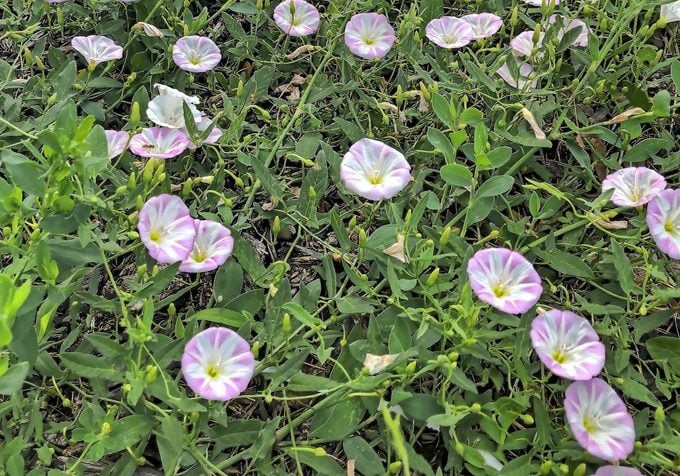
Field bindweed is one of the hardest weeds to get under control. It has flowers like a morning glory, and a deep root system, which makes it drought-tolerant and difficult to eliminate. Your best bet is to keep pulling the weeds as early as possible. Mulching will help prevent seeds from sprouting.
Poison Ivy
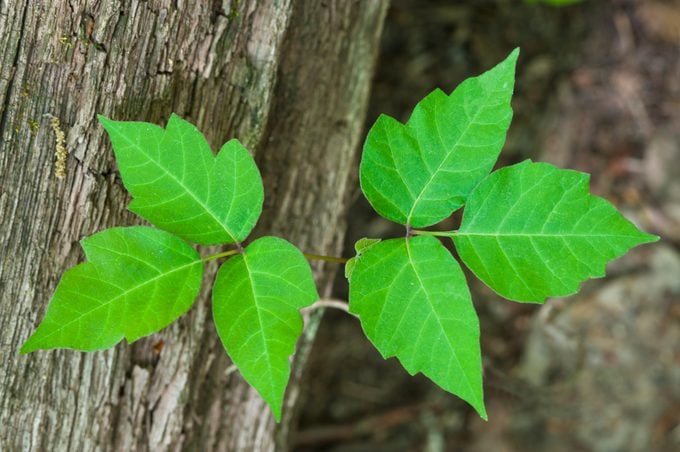
Poison ivy is the ultimate weed to avoid. “Leaves of three, let it be” is old but wise advice. All parts of poison ivy can cause an allergic reaction. You may stumble on it during a hike or find it creeping along the ground or crawling up a tree. Wear protective clothing and wash your hands and body thoroughly after touching.
5 Weeds to Reconsider
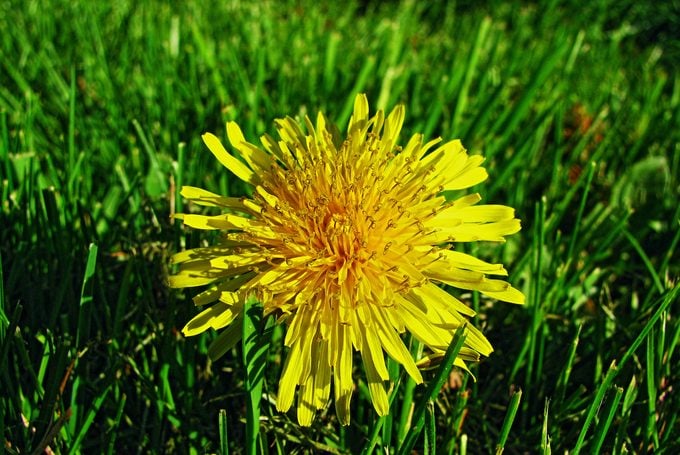
Though you may still want to manage them in the landscape, you might find that these plants, typically considered weeds, actually have value.
- Clover: Many lawn enthusiasts consider it a weed, but it’s an important source of nectar for bees and a tasty treat for wildlife. Some people grow clover lawns as a more eco-friendly alternative to traditional grass.
- Common purslane: This summer annual, which thrives in hot, dry conditions, is a tasty substitute for spinach. Pull it before it sets seed to keep it under control, but throw a little on your salad, too.
- Lamb’s-quarters: It’s moving off many weed lists and onto gourmet restaurant menus. But do a little reading before you eat: Too much can make you sick.
- Chickweed: This is another one that can quickly take over a garden, but it adds zing to a salad or sandwich.
- Dandelions: They aren’t as bad as people think. Birds eat the seeds, and the leaves have long been used in early-spring salads because they’re rich in vitamin C. Learn surprising dandelion facts you should know.
8 Weeds You Want to Grow
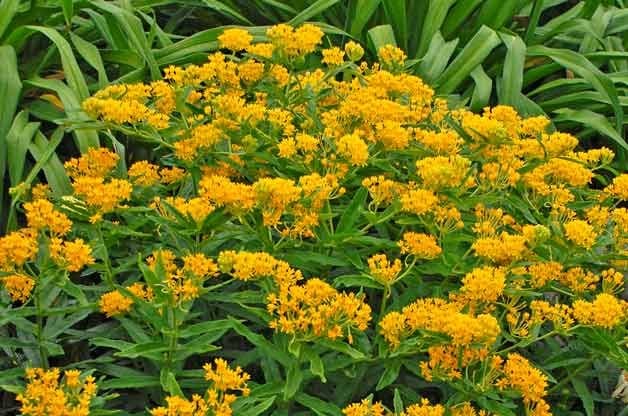
They might have “weed” in their name, but don’t be fooled. You actually want these garden favorites in your backyard.
- Butterfly weed or other types of milkweed (Asclepias)
- Sneezeweed (Helenium)
- Joe Pye weed (Eutrochium, formerly Eupatorium)
- Ironweed (Vernonia)
- Rosinweed (Silphium integrifolium)
- Jewelweed (Impatiens capensis)
- Soapweed (Yucca glauca)
- Staggerweed (Dicentra eximia)
